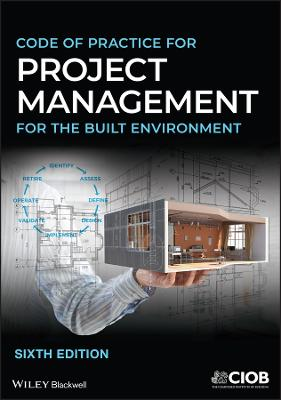
In the newly revised sixth edition of Code of Practice for Project Management for the Built Environment, the Chartered Institute of Building delivers an up-to-date and comprehensive reference to the principles and practice of project management in construction and development. This latest edition covers the new technologies, internationalisation, changing legislation, and productivity and profitability challenges faced by contractors that are driving significant change in the industry.
The book demonstrates the application of systematic documentation and quality control to complex construction projects and offers specimen forms, checklists, and documentation that link key principles to practical project management. It is worldwide in scope and widely recognised as the industry standard on the subject.
With fresh discussions of quality assurance, global codes and standards, time management, joint ventures, contract compliance, supply chain integration, design digitisation, and much more, the Code of Practice for Project Management for the Built Environment also includes:
Perfect for project management professionals in construction contracting and client organisations, Code of Practice for Project Management for the Built Environment will also earn a place in the libraries of undergraduate and postgraduate students of project management and construction-related subjects.
Please note, previous editions of this book were titled Code of Practice for Project Management for Construction and Development